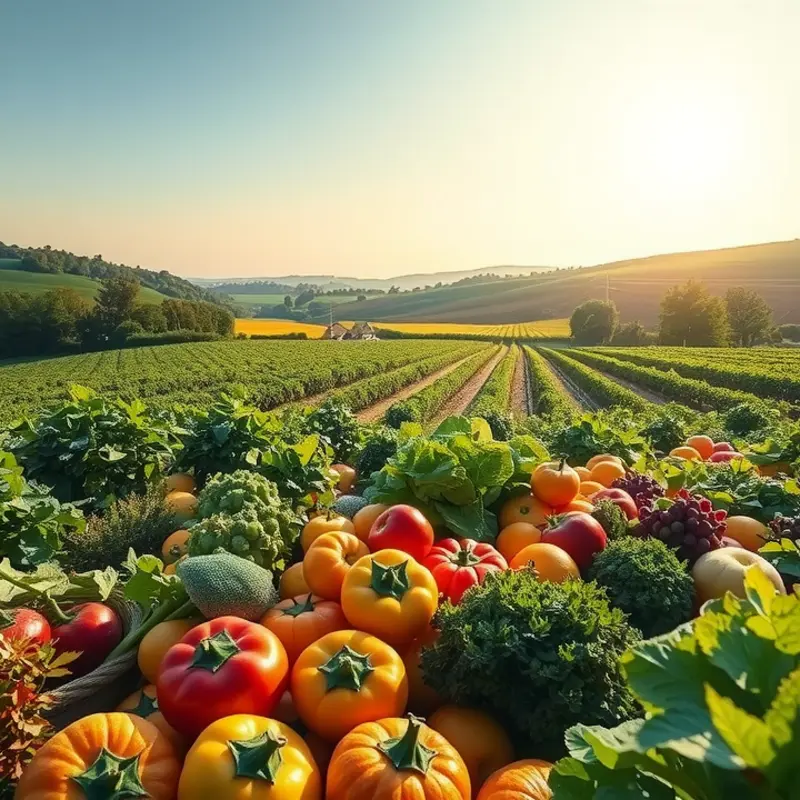Freezing leftovers not only saves money but also helps reduce kitchen waste. Implementing effective methods for freezing can enhance your food management practices, ensuring meals stay fresh and flavorful. This guide presents smart techniques to freeze leftovers, making meal prep streamlined and efficient while preserving the nutritional value of your food.
Best Practices for Freezing Leftovers

Freezing leftovers with effective practices ensures both quality and safety. This chapter delves into essential techniques that make freezing an indispensable part of your food management strategy.
One of the key components is proper wrapping. Air exposure is a primary factor in freezer burn, which can severely affect food flavor and texture. Use airtight containers or heavy-duty freezer bags for best results. When using bags, squeeze out as much air as possible before sealing. For added protection, consider wrapping foods in aluminum foil or plastic wrap before placing them in freezer-safe containers. This dual-layer method is particularly useful for foods prone to drying out, like breads and pastries.
Cooling leftovers properly before freezing is another crucial step. Hot foods raise the freezer’s internal temperature, affecting neighboring items. Allow food to cool to room temperature before packing it away. If time is of the essence, divide hot food into smaller portions for faster cooling. Utilize shallow containers to spread out heat, ensuring a more efficient cooling process. This practice not only prevents the growth of harmful bacteria but also helps to retain the food’s intended flavor and texture.
Choosing the right containers is vital for the longevity and safety of your frozen leftovers. Opt for containers labeled as freezer-safe as these are designed to withstand low temperatures without cracking. Containers should be moisture-vapor resistant and made from safe materials. Hard plastic, glass, and silicone containers are excellent choices. For liquids, ensure some headspace is left, as freezing will expand the contents, preventing spills and breakage.
Labeling your frozen leftovers with the date and name of the dish might seem trivial but is surprisingly impactful. It aids in the “first in, first out” rotation method, helping you to minimize waste by consuming older food first. Additionally, proper labeling assists in meal planning efficiency, allowing you to plan future meals with a clear understanding of your frozen inventory.
Integrating careful packaging and labeling into your freezing habits supports a sustainable kitchen. For more ways to enhance your eco-friendly food management practices, check out this guide on eco-smart kitchen storage.
These freezing practices are more than just helpful tips; they contribute significantly to reducing waste and promoting a smarter approach to food storage. By implementing these techniques, you can ensure your leftovers maintain their quality and remain safe to eat, all while supporting sustainable living.
Labeling and Organizing Frozen Leftovers

Effectively managing frozen leftovers begins with a reliable labeling system. Using clear and consistent labels helps identify the contents and avoid the mystery meals phenomenon. Labels that include the name of the dish and the date it was frozen are vital. This practice ensures you consume food while it’s still safe and tasty. You can write directly on freezer-safe bags with a permanent marker. If reusable containers are more your style, consider investing in eraseable labels to keep things neat.
An overlooked aspect of labeling is the inclusion of special dietary information, especially if you have family members with specific needs. Marking ingredients such as allergens or if a meal is gluten-free can prevent accidental consumption, saving you a lot of trouble. Depending on how deeply you wish to organize, you might include a note about reheating instructions or complementary sides.
In parallel, achieving harmony in your freezer demands strategic organization. Think vertically instead of haphazard stacking. This involves placing the latest additions at the back and moving older items to the front, similar to the method some grocery stores use for perishable goods. This technique, sometimes called FIFO—First In, First Out—ensures older items get consumed before they lose their appeal.
To streamline this process, categorize your leftovers. Divide the freezer into zones: one for proteins, another for vegetables, and a section for fully-prepared meals. Use baskets or storage bins to create these zones, which makes retrieval quick and reduces the time the freezer remains open, improving energy efficiency. Like Tetris, maximizing space and minimizing gaps prolongs the life of your appliance.
Grouping similar items also contributes to less waste and more meal variety. For example, if soups are stored together, it’s easier to find a complementary main dish stored nearby. This strategy is particularly useful for those who batch-cook or engage in meal prep. You can create mini meal kits with proteins, grains, and veggies stored together, making dinner decisions a breeze.
Remember, a freezer isn’t just for leftovers—it’s a critical kitchen tool for reducing food waste. When done effectively, it can significantly lower grocery costs and enhance your culinary ventures. For additional information on handling various types of food for better food preservation, you might explore the importance of safer storage of sauces here.
Ultimately, meticulous labeling and strategic organization upgrade the functionality of your freezer. Implementing these practices means less time spent searching and more time enjoying the creative dishes you’ve stored. After mastering this, the next step involves different freezing methods to optimize texture and taste on thawing.
Final words
Freezing leftovers is a simple yet effective way to manage food waste and ensure an efficient kitchen. By following the best practices outlined, you can ensure your meals maintain their quality during storage. Labeling and organizing your frozen items make meal preparation straightforward and reduce clutter. Implement these strategies to foster a more sustainable food practice at home, contributing to both personal and environmental well-being.







